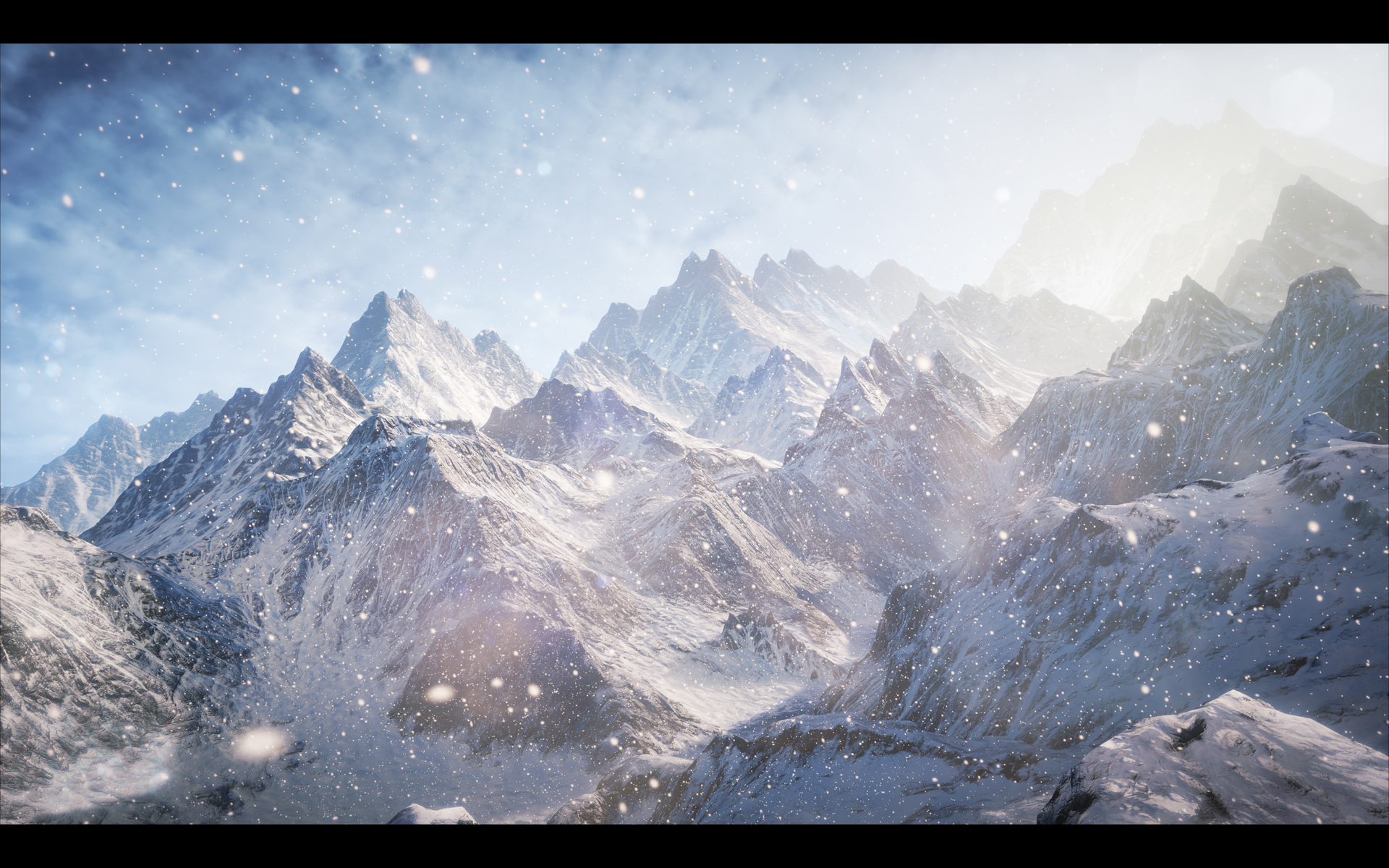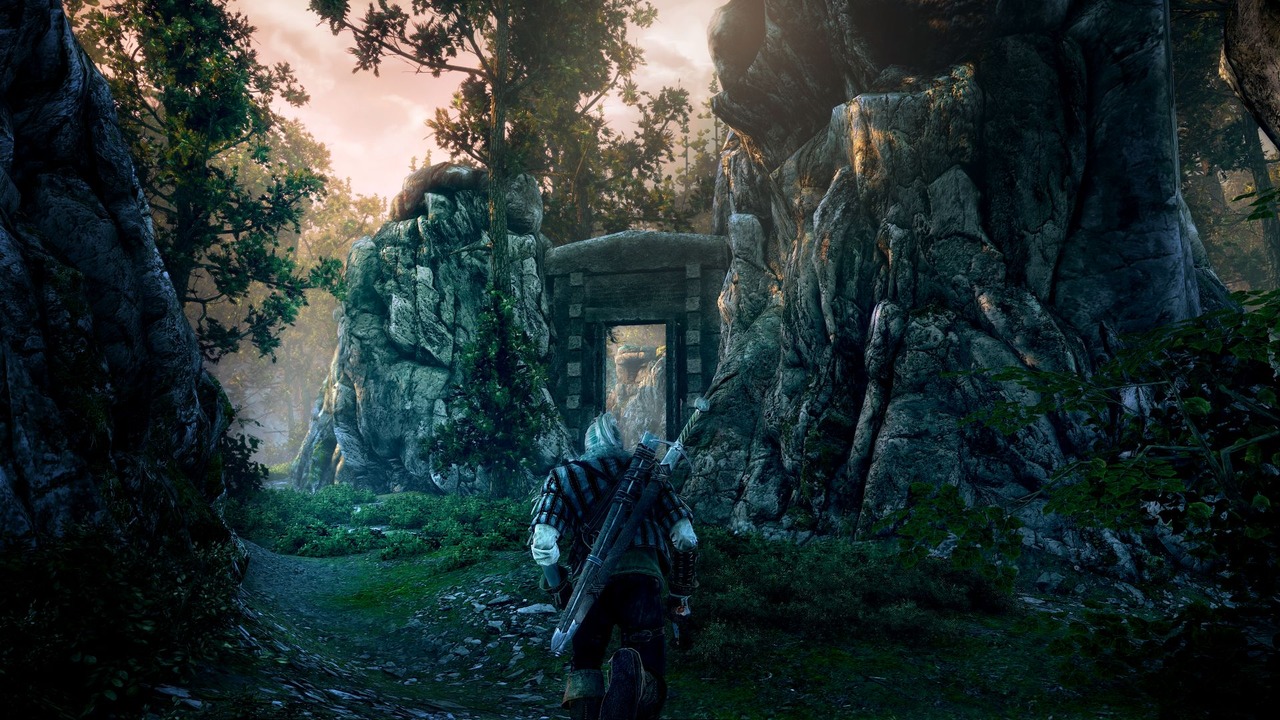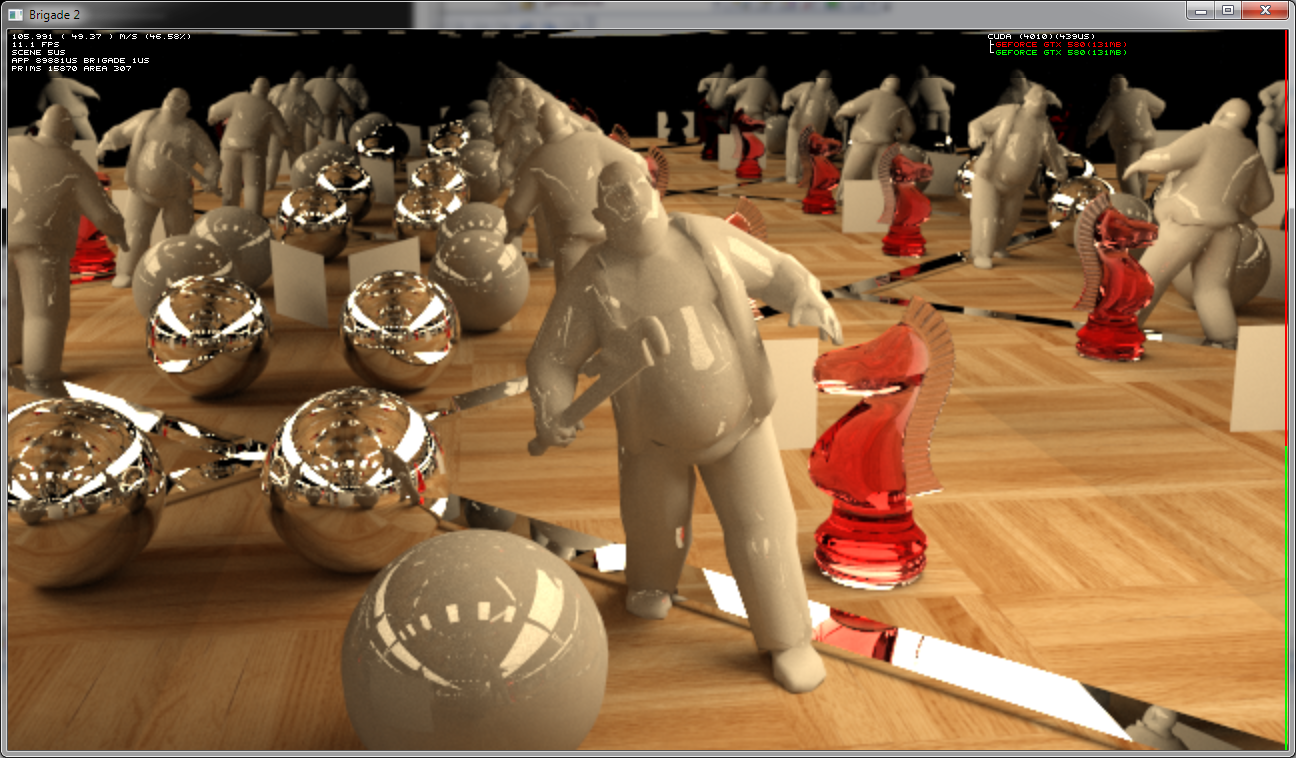The difference between The Witcher 2 and UE4 is that TW2, being a DX9 title, relies a lot on pre-baked lighting. While it can look as good as fully real-time lighting, it introduces limitations in scope, interactivity as well as increasing the time and effort required to design the environments.
One of the prime reasons Mirror's Edge looks so great is the lighting. But in ME the lighting had to be "baked" into textures, a process that could take from several minutes to hours to complete.
With fully dynamic bouncing lighting, you don't need to wait for a lightmap render to see how a change in the level will look like. Destructible geometry and dynamic objects can blend against static geometry seamlessly without the need to limit the possible light configurations. Even in engines which use deferred lighting and no lightmaps at all, artists still need to add dummy lights here and there to make up for the lack of light irradiation.
CryEngine 3 did great strides into dynamic lighting (on the PC) and UE4 seems to be a step forward.
This screen is a good example:
The golden statue is reflecting light from the fireplace. The silver statue is reflecting light from the golden statue. You can even see that the ground is reflecting light from the golden statue too. In current-gen engines, you'd need to manually place lightprobes or bake reflection maps for the statues which would only look correct if they never moved and the fireplace couldn't be extinguished.










